Date: 1 June 2012
The telescope was officially inaugurated in May and is already exploring the secrets of the sun with the help of a high-precision primary mirror made of ZERODUR® that measures 1.5 meters in diameter.
(Solar telescopes depend on mirrors that offer extremely high thermal stability. The most advanced systems use glass-ceramics from SCHOTT. A ZERODUR® glass-ceramic mirror substrate in lightweight form and 1.5 meters in diameter is being put to use in the solar telescope GREGOR on Tenerife. Photo: SCHOTT)
The primary mirrors of solar telescopes are subjected to incredible thermal stresses. Nevertheless, their geometries are not allowed to change in an uncontrolled manner even by micrometers, otherwise the reproduction accuracy that is extremely important will suffer. This explains why the latest and largest solar telescopes like the Big Bear New Solar Telescope (NST), Sunrise and the Swedish Solar Telescope (SST) all use the reflective material ZERODUR®. This glass-ceramic manufactured by the international technology group SCHOTT expands hardly at all when exposed to harsh temperature conditions.
The developers of the large telescope GREGOR under the aegis of the Kiepenheuer Institute of Solar Physics based in Freiburg, Germany, also chose to use ZERODUR®. On May 21, the solar telescope, one of the largest in Europe, officially started doing its scientific work at the Observatorio del Teide des Instituto Astrofisica des Canarias (IAC) on Tenerife. The successor to the much smaller Gregory Coudé Telescope is equipped with seven mirrors, five of which are made of ZERODUR®, and adaptive optics that compensate for air movements in the Earth's atmosphere that adulterate images and is considered to be one of the most powerful solar telescopes in the world. Astronomers are able to use it to detect even the smallest structures of only around 70 kilometers in size on the sun approximately 150 million kilometers away in order to better understand the interaction between magnetic fields and solar plasma turbulences.
Mirror manufacturing: 450 specifications exceeded
This can be largely attributed to a ZERODUR® primary mirror with a 1.5 meter aperture diameter that was manufactured to meet even the most demanding specifications. It all starts with a glass-ceramic material that is allowed to contain only as few small bubbles and inclusions as absolutely possible. After all, these would produce extremely small scattered light centers on the glass surface after the mirror has been ground and polished and these would ultimately interfere with the optical quality. The sophisticated mirror geometry was not allowed to deviate from the prescribed values by more than 40 micrometers in certain positions, or half the width of a hair. Furthermore, the surface is aspherically shaped, in other words it features a different curvature in the middle than along the outside edges. This so-called envelope curve was manufactured to be so close to the final shape that significantly less effort was needed to polish it at Carl Zeiss in Oberkochen.
On the backside, the mirror was given an elaborate pocket structure that includes 420 openings through which it is actively cooled to conduct the heat that the sun’s rays create on the front side. To make sure this cooling does not result in any negative consequences with respect to the optical qualities, the coefficient of expansion of the mirror material needs to be extremely low and homogeneous throughout the entire block of material. “We succeeded in achieving extremely high homogeneity with respect to all of the material properties. Furthermore, we even managed to exceed each and every one of the 450 geometric characteristics with tight tolerances in the three months we needed to manufacture this mirror,” explains Dr. Thomas Westerhoff, who heads up the ZERODUR® product division at SCHOTT. This can be largely attributed to the extremely careful preparatory work that included meticulously defined process sequences and the intensive intermediate checks performed by the company’s own well-trained staff.
By the way, GREGOR will hardly be the last solar telescope to feature a ZERODUR® primary mirror. According to the information available to SCHOTT, candidate number five will be the Advanced Technology Solar Telescope (ATST), with a 4-meter mirror, the world's largest solar telescope, that is scheduled to go into operation on Hawaii in 2018.
SCHOTT is an international technology group with more than 125 years of experience in the areas of specialty glasses and materials and advanced technologies. SCHOTT ranks number one in the world with many of its products. Its core markets are the household appliance, solar power, pharmaceuticals, electronics, optics, transportation and architecture industries. The company is strongly committed to contributing to its customers’ success and making SCHOTT an important part of people’s lives with high-quality products and intelligent solutions. SCHOTT is committed to managing its business in a sustainable manner and supporting its employees, society and the environment. The SCHOTT Group maintains close proximity to its customers with manufacturing and sales units in all major markets. Its workforce of around 17,000 employees generated worldwide sales of approximately 2.9 billion euros for the 2010/2011 fiscal year. SCHOTT AG, with its headquarters in Mainz (Germany) is owned by the Carl Zeiss Foundation.


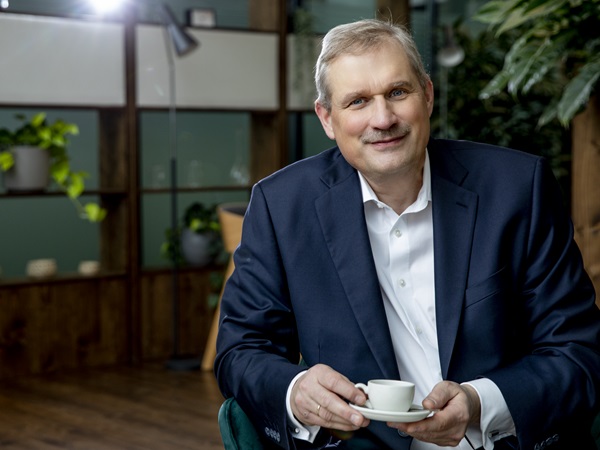
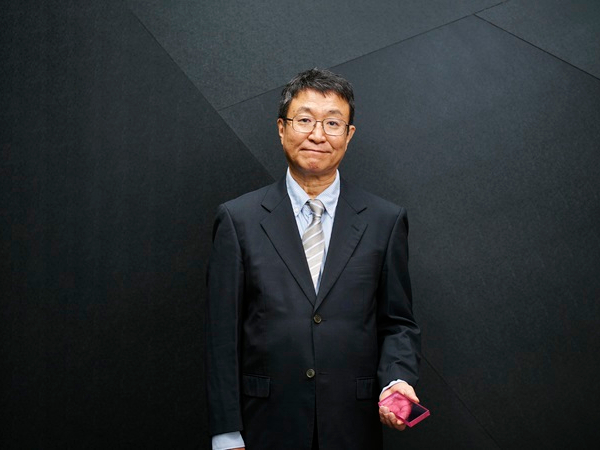
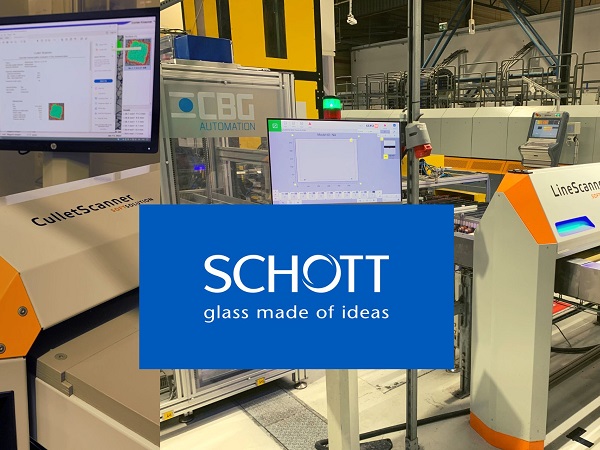
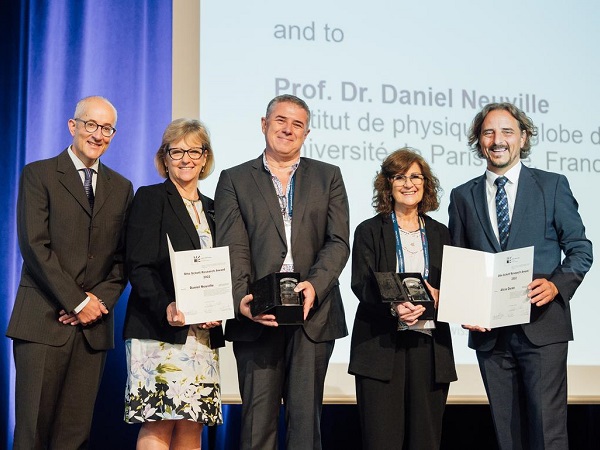
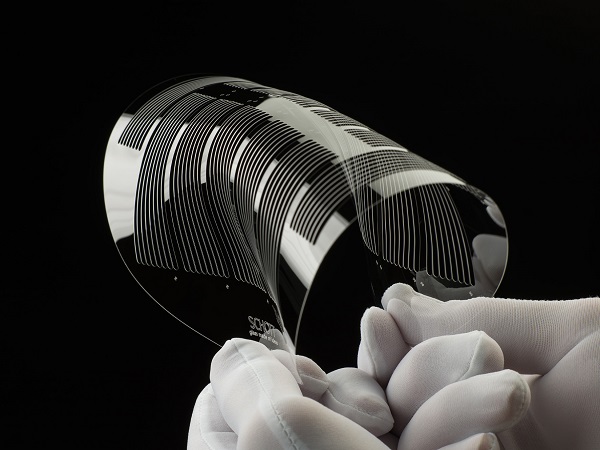
Add new comment